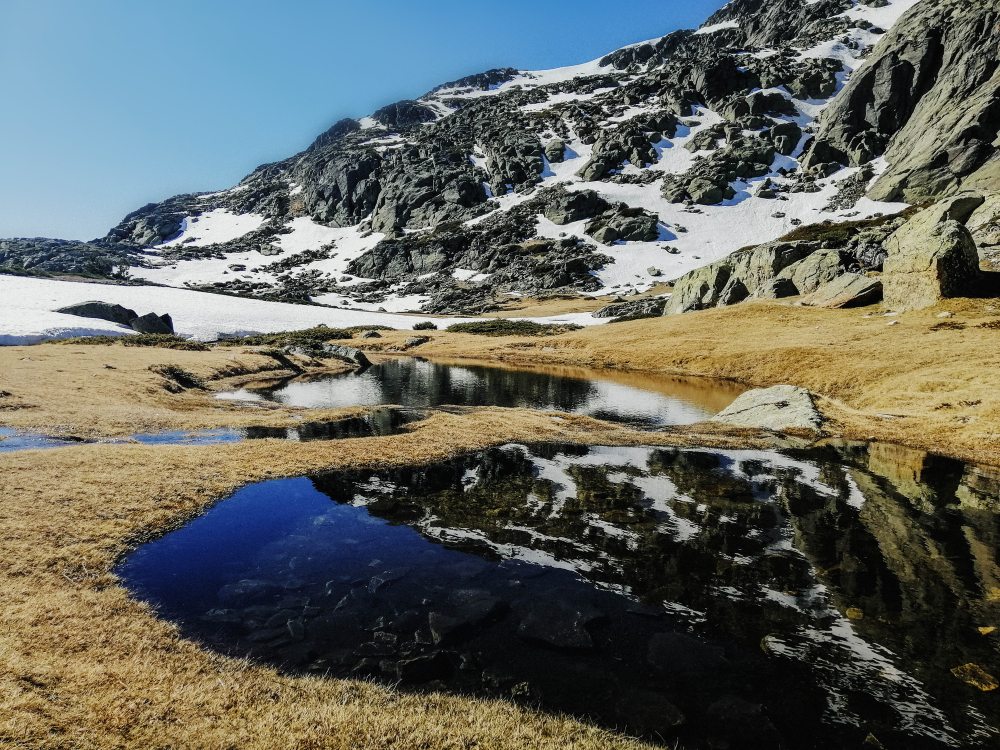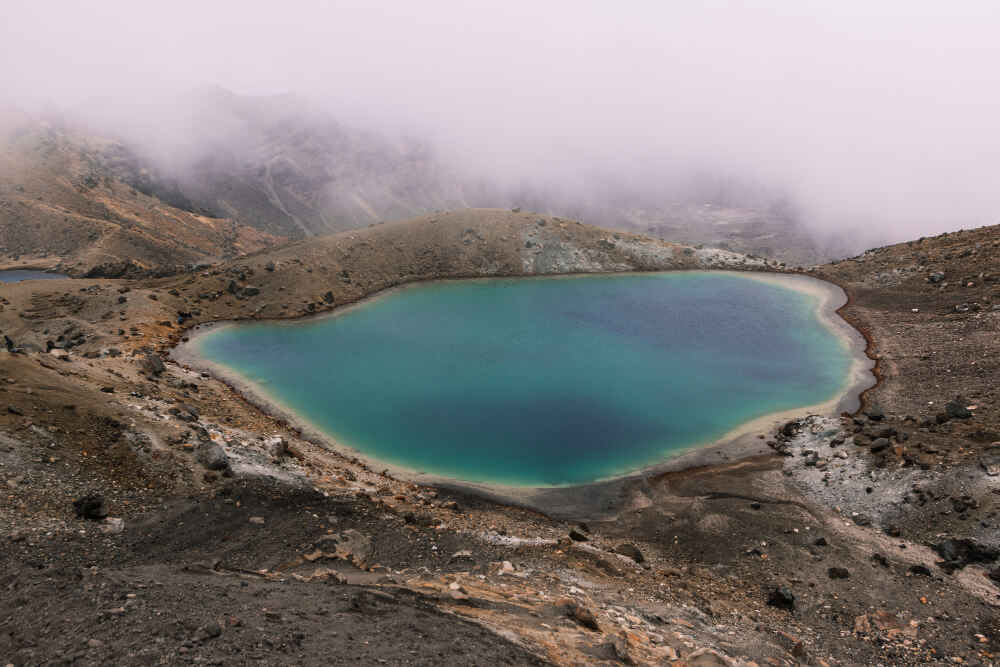Are you ready to explore one of New Zealand’s most captivating hikes? The Tongariro Alpine Crossing isn’t just a trail; it’s a journey through a land shaped by fiery eruptions, sacred stories, and awe-inspiring natural beauty. To start planning your adventure and learn everything you need to know, visit https://tongarirocrossing.com.
Whether you’re a seasoned hiker or a curious adventurer, understanding the history and geology of this trail adds a whole new layer to your experience.

What Makes the Tongariro Alpine Crossing Special?
The Tongariro Alpine Crossing is often hailed as one of the best day hikes in the world, and for good reason.
Here’s why:
- Unparalleled Scenery: From volcanic craters to turquoise lakes, the landscape feels almost otherworldly.
- Cultural Significance: It’s not just about nature—this land holds deep spiritual meaning for the Māori people.
- Geological Wonders: Few places let you walk through millions of years of volcanic history in a single day.
- Accessible Adventure: At approximately 19.4 kilometers (12 miles), it’s challenging but achievable for most moderately fit hikers.
Answering Common Questions About the Tongariro Alpine Crossing
What Is the History of the Crossing?
The Tongariro National Park is New Zealand’s first national park and the fourth-oldest in the world.
It was established in 1887 after Ngāti Tuwharetoa chief Te Heuheu Tukino IV gifted the sacred peaks of Tongariro, Ngauruhoe, and Ruapehu to the nation.
This act preserved the area’s cultural and natural heritage for future generations.
Why Is the Geology Unique?
The Tongariro Alpine Crossing traverses active volcanic terrain.
The area’s dramatic features—such as the Emerald Lakes, steaming fumaroles, and lava flows—are direct results of volcanic activity that began over 275,000 years ago and continues today.
How Do I Prepare for the Hike?
The trail takes 6-8 hours to complete. Preparation is key:
- Fitness Level: While the hike doesn’t require technical skills, it’s physically demanding with steep ascents and descents.
- Weather Conditions: The alpine environment is unpredictable, so always check the forecast.
- Essential Gear: Comfortable hiking boots, warm layers, a waterproof jacket, and plenty of water are non-negotiable.
What Are the Must-See Highlights?
- Mangatepopo Valley: The starting point offers a gentle introduction with views of ancient lava flows.
- Red Crater: This dramatic feature is the highest point of the trail and a showcase of volcanic power.
- Emerald Lakes: These vibrant pools are a favorite among photographers and geologists alike.
A Journey Through Time: The Geology of Tongariro
Volcanic Origins
The Tongariro Volcanic Complex is part of the Pacific Ring of Fire, an area known for its intense tectonic activity.
The three main peaks—Ruapehu, Ngauruhoe, and Tongariro—are stratovolcanoes, characterized by layers of hardened lava and ash.
How It All Began
- 275,000 Years Ago: Initial eruptions form the base of Mount Tongariro.
- 2,500 Years Ago: Ngauruhoe becomes active, frequently spewing lava and ash.
- Present Day: The region remains active, with occasional eruptions and steaming vents reminding visitors of its volatile nature.
Key Geological Features
The Red Crater
This scarlet-hued landmark is the result of iron oxidation within volcanic rock.
The fumaroles here still release steam, hinting at the molten magma below.
Emerald and Blue Lakes
- Emerald Lakes: Their striking color comes from dissolved minerals and algae that thrive in acidic conditions.
- Blue Lake: Known as Te Wai-whakaata-o-te-Rangihiroa, it’s sacred to the Māori and should not be touched or swum in.
Soda Springs
This bubbling spring near the start of the trail offers a glimpse of the geothermal activity at play.
It’s a soothing reminder of the forces beneath your feet.
Cultural Significance: Tongariro as a Sacred Space
The Māori view the Tongariro area as tapu (sacred). According to legend, the mountains represent the remnants of an epic battle between deities.
When walking this trail, it’s important to respect this spiritual heritage by staying on marked paths and treating the environment with care.
A Detailed Guide to the Trail
Starting Point: Mangatepopo Car Park
- Elevation: 1,120 meters (3,674 feet).
- The trail begins with a gradual ascent through the Mangatepopo Valley. Along the way, you’ll pass ancient lava flows and lush vegetation thriving in this unique alpine environment.
The Devil’s Staircase
- Ascent: 200 meters (656 feet) over a series of steep steps.
- This section is challenging but rewarding, offering panoramic views of Mount Ngauruhoe and the surrounding terrain.
South Crater
- A flat expanse nestled between volcanic peaks.
- It’s a good spot to catch your breath and marvel at the scale of the landscape.
Red Crater to Emerald Lakes
- Highlights: The trail’s highest point (1,886 meters/6,188 feet).
- The descent to the Emerald Lakes is steep and loose, so take your time.
Blue Lake to Ketetahi Car Park
- The final stretch is a long descent, winding through tussock fields and native forest. You’ll pass steaming vents and rivers along the way, a fitting conclusion to this dynamic hike.
Practical Tips for a Safe and Enjoyable Hike
Check the Weather
Alpine conditions can change rapidly. Strong winds, rain, or snow are possible even in summer.
Pack the Essentials
- Clothing: Layers, gloves, and a hat.
- Food and Water: At least 2 liters of water and energy-dense snacks.
- Navigation: A map or GPS device, though the trail is well-marked.
Respect the Environment
Leave no trace. Pack out all trash and avoid disturbing wildlife.
A Personal Story: My Tongariro Adventure
I vividly remember my first Tongariro Alpine Crossing. The crisp air filled my lungs as the sun cast golden light on Mount Ngauruhoe.
Each step felt like traveling back in time, from the steaming Red Crater to the surreal Emerald Lakes.
The trail was demanding, but the views made every aching muscle worth it.
As I reached the Blue Lake, a sense of peace washed over me. It wasn’t just about the stunning scenery—it was the privilege of walking on land shaped by ancient forces and cherished by generations.
The Tongariro Alpine Crossing Through the Seasons
When planning your hike, the time of year significantly impacts your experience.
Here’s what to expect in each season:
Summer (December to February)
- Advantages: Long daylight hours, milder weather, and better trail conditions.
- Challenges: The trail is at its busiest, so expect more hikers and potentially crowded viewpoints.
Autumn (March to May)
- Advantages: Cooler temperatures, fewer crowds, and stunning autumn colors in the lower sections.
- Challenges: Weather can be unpredictable, with the possibility of early snow at higher elevations.
Winter (June to August)
- Advantages: A magical snowy landscape that transforms the trail into a winter wonderland.
- Challenges: This season requires alpine hiking skills and specialized equipment like crampons and ice axes. It’s best to hire a guide if you’re unfamiliar with winter conditions.
Spring (September to November)
- Advantages: Blossoming flora and fewer hikers as the season transitions from winter.
- Challenges: Snow and ice may linger on the trail, and weather can still be unpredictable.
Flora and Fauna of Tongariro
Despite the harsh conditions, life thrives here.
Plants
- Alpine Herbs and Mosses: These hardy plants cling to life in rocky soils and survive in sub-zero temperatures.
- Tussock Grasslands: Golden fields that wave in the wind, adding texture to the landscape.
- Beech Forests: Found at lower elevations, these forests are home to birds and insects unique to New Zealand.
Wildlife
- Birds: Keep an eye out for the curious kea, New Zealand’s alpine parrot, and the melodious tui.
- Insects: Wētā, a giant flightless insect, is an ancient species that has adapted to survive extreme conditions.
Safety Considerations for the Tongariro Alpine Crossing
The beauty of the trail comes with inherent risks. Here’s how to stay safe:
Know Your Limits
The trail’s length and elevation gain can be tough. If you’re unsure, consider shorter hikes in the area to build your confidence.
Emergency Preparedness
- Have a Plan: Let someone know your itinerary and expected return time.
- Carry a Personal Locator Beacon (PLB): In case of emergencies, this can be a lifesaver in remote areas.
Stick to the Trail
Straying off the marked path not only damages fragile ecosystems but can also put you at risk of getting lost or injured.

Local Legends and Myths of Tongariro
One of the most enchanting aspects of Tongariro is its rich tapestry of Māori myths.
The Battle of the Mountains
According to Māori legend, the volcanic peaks of Tongariro, Taranaki, and Ruapehu were once warriors vying for the affection of the beautiful Mount Pihanga.
After a fierce battle, Tongariro emerged victorious, and Taranaki retreated westward, carving the Whanganui River in its path.
These stories are more than folklore—they’re an integral part of Māori cultural identity. Respecting these legends enhances your connection to the land.
Nearby Attractions to Extend Your Journey
The Tongariro Alpine Crossing is a highlight, but the region offers more to explore:
Whakapapa Village
- Home to the Tongariro National Park Visitor Centre, where you can learn more about the area’s history, geology, and ecology.
- Access to shorter walks, including the Taranaki Falls Track.
Mount Ruapehu
- In winter, it’s a hub for skiing and snowboarding. In summer, enjoy hiking trails and guided climbs to the crater lake.
Turangi
- A charming town known as the gateway to the Tongariro River, famous for fly fishing and scenic river trails.
Conclusion: A Journey Like No Other
The Tongariro Alpine Crossing isn’t just a hike—it’s a journey through the heart of New Zealand’s natural and cultural heritage.
From the awe-inspiring volcanic landscapes to the deep-rooted Māori legends, every step of the trail offers a chance to connect with something extraordinary.
Whether you’re a seasoned adventurer or a first-time visitor, careful planning, respect for the environment, and an open mind will help you make the most of this unforgettable experience.
As you navigate this remarkable trail, take a moment to pause and soak in the scenery, reflect on the stories that shaped the land, and appreciate the fragile ecosystems that thrive in this otherworldly environment.
The Tongariro Alpine Crossing is more than just a physical challenge—it’s a testament to the enduring power of nature and the stories that bind us to the land.
So go ahead, embrace the journey, and let Tongariro’s magic leave its mark on your soul.
Ready to take the first step? Share this guide with your travel companions, and start planning your unforgettable adventure today!
